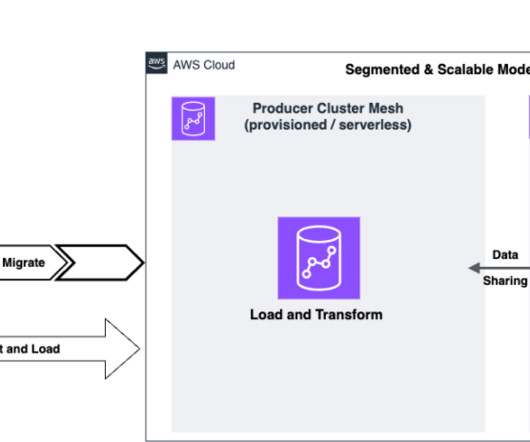Your Ultimate Guide To Modern KPI Reports In The Digital Age – Examples & Templates
datapine
JULY 17, 2019
Let’s start by considering what KPIs are and what they mean in a business context. KPI is a value measured to assess how effective a project or company is at achieving its business objectives. We’ve covered key performance indicators in addition to the power and importance of these kinds of reports.














Let's personalize your content